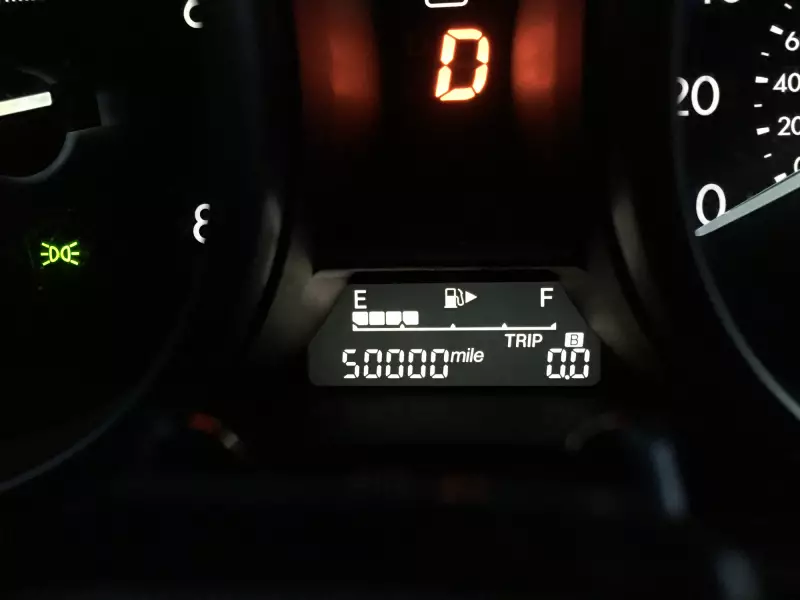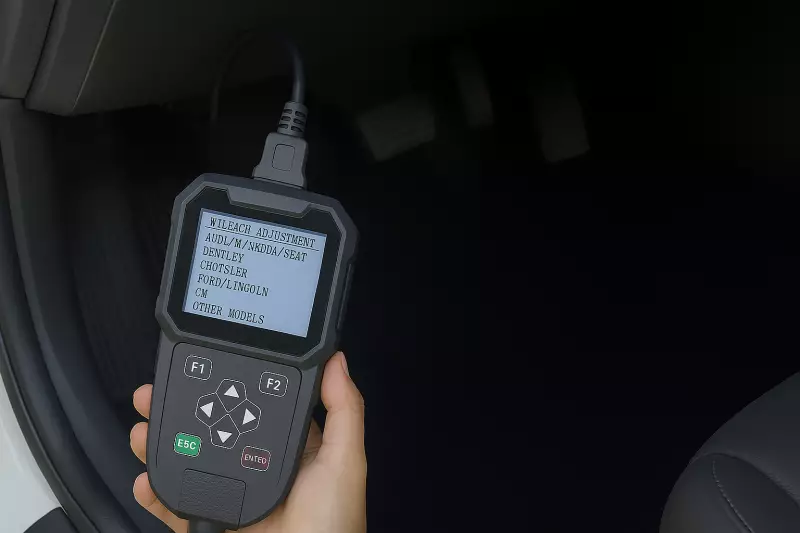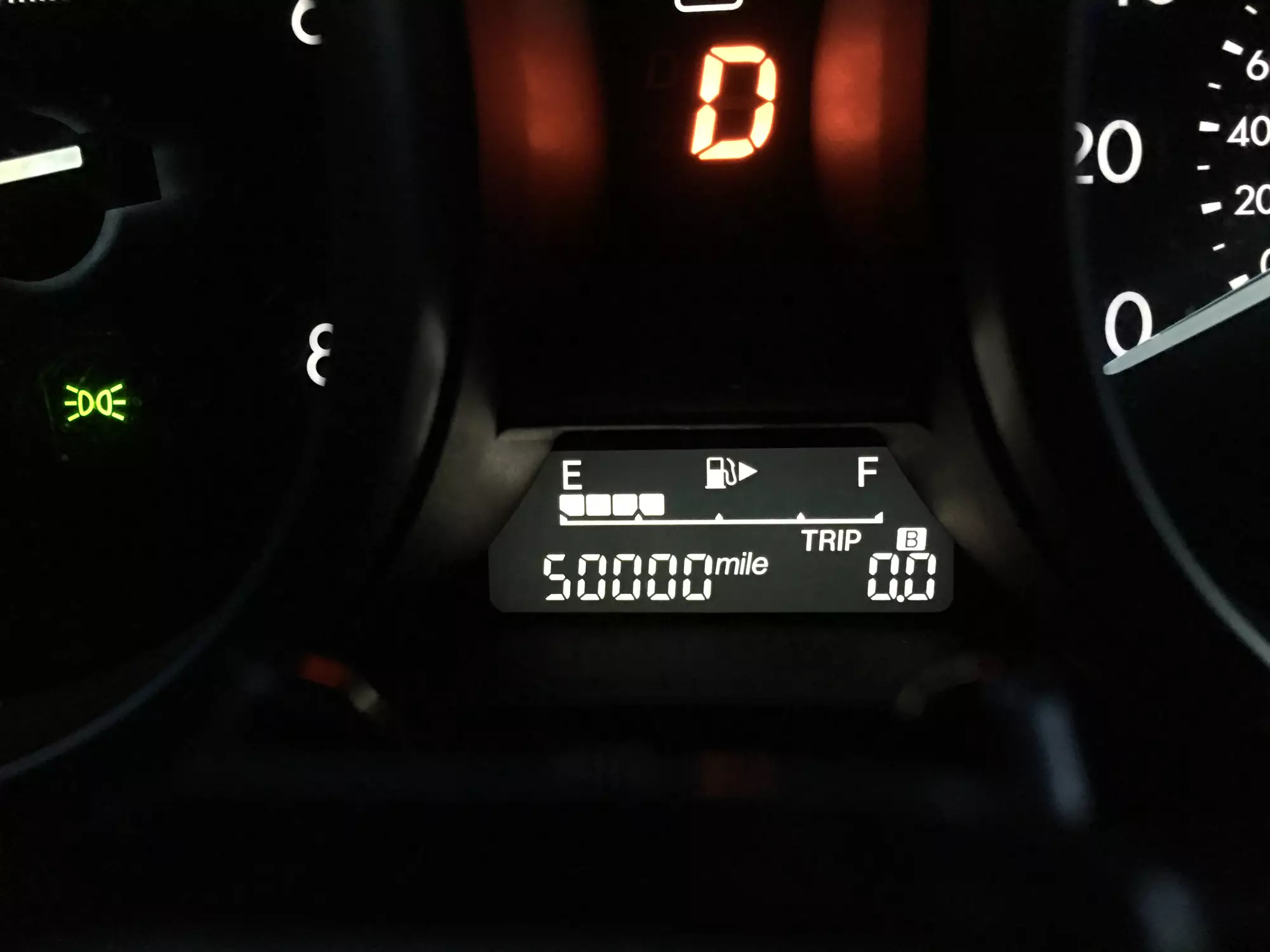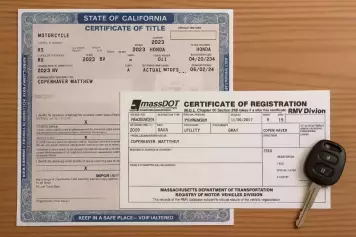Understanding how to calculate your car's mileage isn't just about knowing how far you've driven - it's a smart way to unlock insights into your vehicle’s efficiency, performance, and long-term value. Whether you're planning a road trip, budgeting for fuel, or considering a used car purchase, mileage plays a pivotal role in gauging wear and tear, predicting maintenance needs, and even reducing environmental impact. By learning how to read and interpret your odometer correctly, you can take greater control of your driving habits, save money on gas, and confidently extend your car's life.

What is Car Mileage?
Car mileage is a measure of the total distance a vehicle has covered since it was first manufactured. It also helps to measure fuel efficiency, which is how far (in miles or kilometers) a vehicle can travel on any given amount of fuel (in gallons or liters). In other words, in the context of fuel efficiency, mileage is typically measured in miles per gallon (MPG) or liters per 100 kilometers.
Knowing how to check a car's mileage using odometer readings is vital. An odometer is probably the most important gauge among the several gauges and measurements on the dashboard cluster. The numbers displayed on the odometer, whether electronic or manual, generally indicate the total miles a car has traveled. However, it is important to understand how to determine the real mileage of a car, as people may alter odometer readings for malicious purposes. This may give a false impression about the condition of a motor vehicle.
The electronic odometer reading is more accurate because it is digitally operated and powered by a vehicle’s electronic system. A car’s mileage is typically shown by the numbers displayed on the dashboard electronically. On the other hand, the mechanical or analog odometer comes with a few cogwheels. Each cog is a numerical digit, and as a vehicle travels, the digits on the odometer change. However, unlike the electronic odometer, the readings on a mechanical odometer may sometimes go off-center, making it hard to read.
Furthermore, most vehicles have a trip odometer. Unlike the normal one, a car user may reset the trip odometer to determine the number of miles covered during a particular trip. This is largely helpful when trying to find out the estimated gas mileage of a motor vehicle.
Step-by-Step Guide: How to Check Mileage on a Car per Kilometer or Mile
Ever wondered how to calculate mileage per km or mile manually? You may take these steps to check mileage for any vehicle per kilometer or mile:
Step 1 - Fill Up Your Gas Tank
Drive to the gas station to fill up the car’s gas tank. To enhance accuracy, it is better to clear up the tank before filling it. Reset the trip odometer to zero afterward or note the actual odometer readings before leaving the gas station.
Step 2 – Drive Normally
After filling up the gas tank, drive normally as usual at a constant speed as you go about your regular activities until the fuel runs low or the next time you are filling up the tank. Avoid sudden accelerations.
Step 3 – Record Distance Driven
Before the next filling session, record the trip mileage or make a note of the odometer difference (if the trip odometer was not reset to zero). This is how to tell how many miles a car has driven since the last fill-up.
Step 4 – Refill and Measure the Fuel Used
Refill the vehicle’s gas tank and note the number of liters or gallons added or required to refill.
Step 5 – Calculate Mileage
The formula below shows how to calculate mileage per km or mile:
- Mileage = Distance Driven (or Second Odometer reading - First Odometer reading) ÷ Fuel consumed or used.
For instance, if someone travels 500 miles in a car with 20 gallons of fuel, the average mileage (in the context of fuel efficiency) is 25 MPG. For a more accurate average, a person may repeat this several times and then find the average of the mileage readings obtained from each attempt.
How To Calculate Car Mileage Per Year
The annual mileage of a vehicle is essential for several purposes, which may include determining the vehicle’s insurance cost or value. How far a car has traveled typically impacts insurance costs. To figure out how to calculate car mileage per year, add up every mile the vehicle has covered and divide it by the number of years since it was manufactured. The resulting number is the vehicle’s annual average of mileage per year.

To calculate car mileage per year, a person considers using any of the following methods:
- Finding Mileage Per Year Using Previous Vehicle Maintenance and Service Records - A vehicle’s maintenance and service records may be used to calculate the car mileage per year. All you need to do is compare the car’s mileage during an oil change to the current mileage as shown on the odometer. In other words, if the last maintenance and service records are from one year ago, the car mileage per year is the difference between the old odometer reading (as recorded in the last service records) and the current odometer reading.
- Finding Mileage Per Year of a New Vehicle - Brand-new cars typically come with low mileage, and calculating the annual mileage is simple. To do this, take the odometer reading and divide it by the number of years you have used the vehicle. For instance, if you have had a car bought as brand new for 4 years and the current odometer reading is 61,556.8 miles, the car mileage per year is 61,556.8 ÷ 4, which is 15,389.2 miles per year.
However, where service records are not available or the vehicle whose car mileage per year you intend to calculate was not bought as brand new, certain steps are required to do the calculation. In this case, you should be able to account for how you use the vehicle. These may include driving to work, socializing, traveling, running errands, and many others. Make a list of these things and calculate the number of miles driven per year by taking the following steps:
- Consider Your Weekday Commute Mileage - Calculate the number of miles covered in a week by multiplying your commute by the number of days the vehicle is driven in a week. For instance, if you commute 18 km one way to work daily for 3 days in a week, your weekday commute is 36 km per day multiplied by 3 days per week, which equals 108 km per week.
- Consider Your Weekend Commute Mileage - Calculate the average distance covered on a typical weekend. However, it may be challenging to find out the average, as it may vary greatly.
- Determine the Car Mileage Per Year - To calculate the car mileage per year, in this case, multiply your average weekly mileage by the number of weeks in a year. For instance, if the average weekly mileage is 207 km, the average car mileage per year is 207 km multiplied by 52, which equals 10,746 km per year.
Using Technology to Check and Track Mileage
Tracking your vehicle’s mileage is important for many reasons. Among them are insurance purposes, environmental impact, personal awareness and driving habits, and vehicle maintenance. However, it is often challenging to monitor car mileage manually using the fuel tank method. Thankfully, technology has made it easy to check and track a vehicle’s mileage.
Several mobile apps now offer vehicle owners convenient ways to check and track car mileage accurately. Alternatively, most modern vehicles have built-in apps that automatically synchronize with the onboard computer system of such vehicles to track mileage. Furthermore, On-Board Diagnostics (OBD-II) scanners are designed to provide detailed mileage reports of any vehicle, in addition to other diagnostics.

Factors Affecting Accurate Mileage Calculation
Several factors may affect how to determine the real mileage of a car, which also helps measure fuel efficiency. Such factors include the following:
- Odometer Tampering - This is probably the major factor affecting how to know the real mileage of a car or how to tell how many miles a car has. It involves rolling back an odometer to alter the actual mileage of a car, to alter data in digital odometers, or halting the mileage recording process from all the vehicle’s control units using a mileage blocker. This is largely illegal and may greatly affect how to calculate mileage per km or mile accurately.
- Maintenance - Regular car maintenance, like air filter replacement, oil changes, and fuel system cleaning, may help optimize engine performance and increase overall fuel efficiency.
- Driving Habits - The impact of driving habits on fuel efficiency, hence mileage, cannot be overstated. Typically, smooth acceleration may help improve fuel efficiency, while continuous aggressive acceleration and sudden braking may greatly ruin it.
- Fuel Quality - Low-quality fuel tends to cause partial fuel combustion in vehicle engines and may build up unwanted contaminants in engines. This has a tendency to lower the engine’s efficiency and the vehicle’s overall mileage.
- Vehicle Weight and Engine Size - Generally, heavier cars tend to have lower mileage compared to lighter ones, while larger engines tend to use more gas (fuel), thereby reducing fuel efficiency.
- Tire Condition and Pressure - Vehicles driven with underinflated tires generally tend to consume more fuel, which ultimately impacts their miles per gallon (MPG).
- Engine Condition - Worn-out engines tend to be less fuel-efficient, which largely impacts mileage.
Knowing the real mileage of a car is important for many reasons. It may assist a vehicle owner to keep abreast of the maintenance schedule and carry out regular maintenance. Also, having accurate mileage data may impact a car’s resale value. Fortunately, most digital diagnostic devices may easily detect altered data in modern vehicles’ odometers. Such information stored in other control units generally remains untampered with








![Best Sites to Check a Car’s History [2025 Review]](https://media.infopay.net/thumbnails/K8lMeG2QLjE46LPqZlmoi6SunKKdT5qvlaRZk6e1.webp)










![Best Sites to Check a Car’s History [2025 Review]](https://media.infopay.net/thumbnails/K8lMeG2QLjE46LPqZlmoi6SunKKdT5qvlaRZk6e1-w356.webp)
